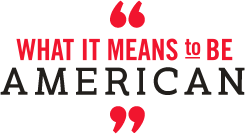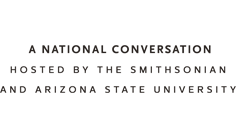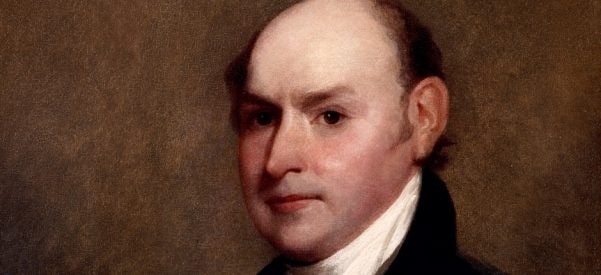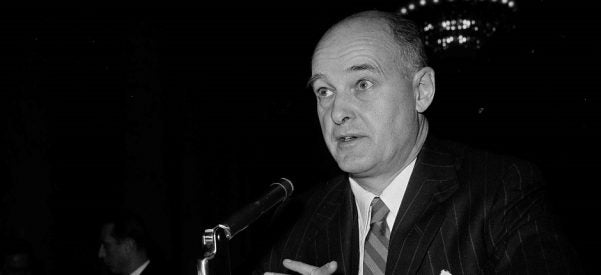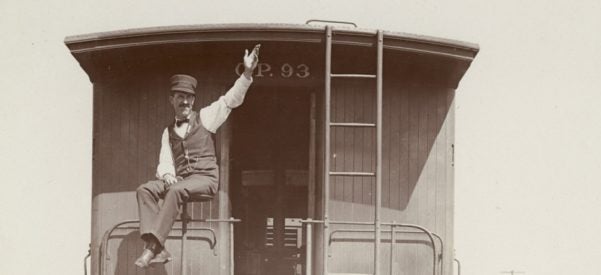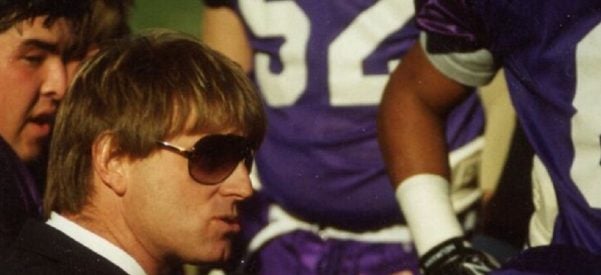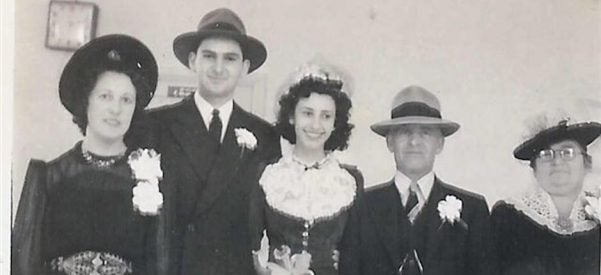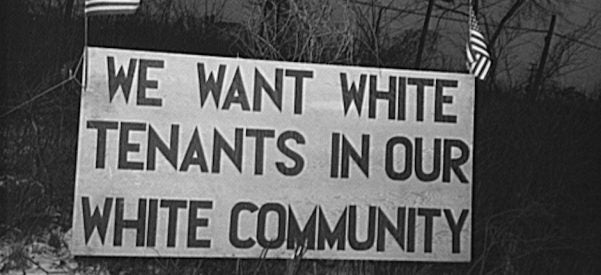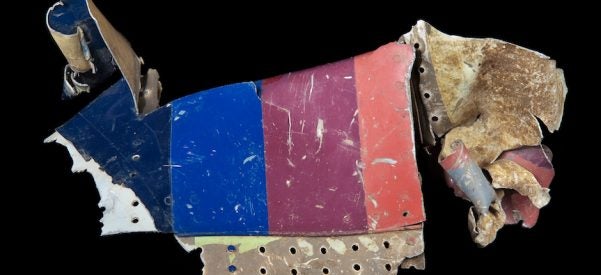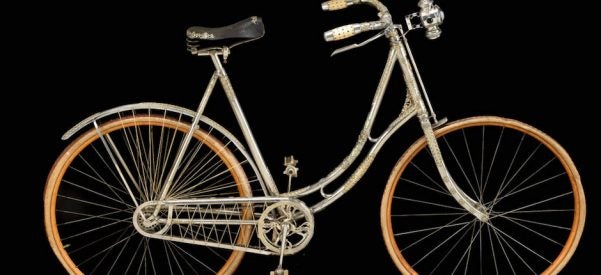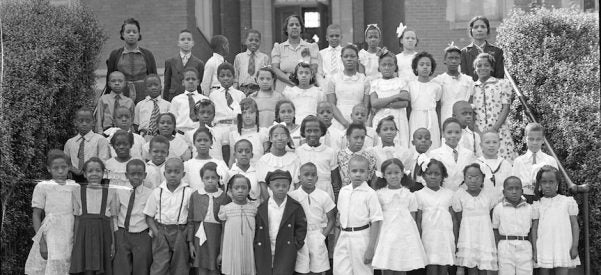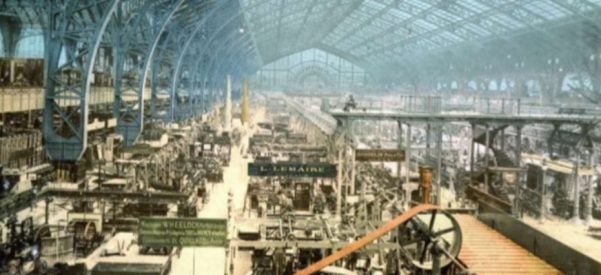America’s Relationship With Russia Has Always Been Complicated
As Ambassador to St. Petersburg, John Quincy Adams Impressed the Tsar, But Kept His Ideological Distance
A statue of John Quincy Adams stands outside of Spaso House, the residence of the U.S. Ambassador in Moscow. In 1809 President James Madison asked Adams, at age 42 already one of America’s most seasoned diplomats, to serve as the first American ambassador to Russia. The President needed a man with the prudence and the tenacity necessary to persuade the young Tsar Alexander to respect the interests of the United States, a neutral in the colossal battle between England and …
